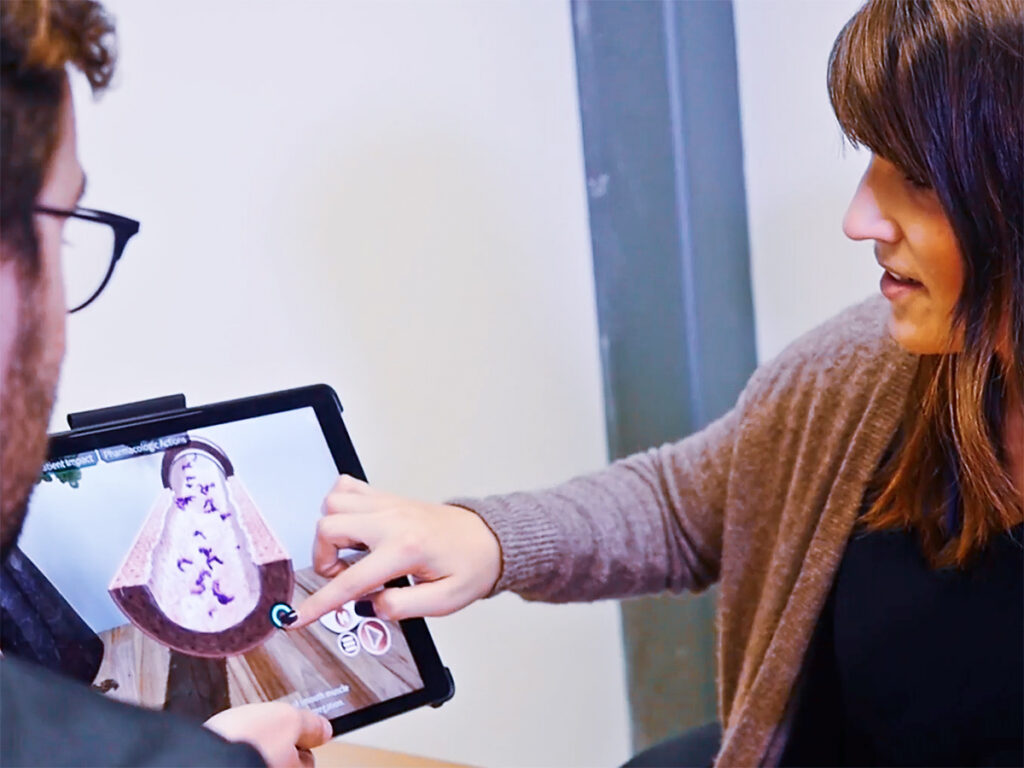Last week, RIoT celebrated its 10th anniversary. In a previous column, I reflected on the past 10 years of IoT and data analytics, discussing various technology tipping points and their implications for our region’s goal of becoming the Global Center of Excellence in the Data Economy. You can read that article here.
This week, I want to look ahead and explore the areas where we can expect significant advancements in the next decade.
First, let’s define the “data economy.” This concept envisions a future where every industry heavily relies on real-time data automation. Gone are the days of simply using internet-accessible information to operate businesses and engage in daily activities. Instead, we will depend on continuous, low-latency data capture, analysis, and response.
Here are some examples of common data automation that we can anticipate:
● Autonomous cargo and human transit – Self-navigating vehicles and robots will gather data from their surroundings to navigate safely.
● Persistent health – Wearable and implantable sensors will continuously monitor health biomarkers, shifting focus from reactive treatment to proactive health maintenance.
● Optimized energy management – We will transition from traditional energy generation and transmission methods to a network that stores and transmits energy similar to how the internet handles data packets. Our cars and homes will become integrated into this energy system, facilitating real-time energy distribution.
● Systems of systems – Disparate data sets will be combined to create enhanced benefits across various systems. For instance, dense stormwater monitoring networks will integrate with traffic management systems to automatically redirect traffic away from flood-prone areas before the arrival of water.
The key driver of the data economy will continue to be our ability to compute data with increasing complexity at a reduced cost. Over the past decade, we’ve witnessed a 40-fold increase in the power of microchips. Recently, NVIDIA unveiled a new chip with 206 billion transistors, a significant leap from the 5 billion transistors in their most powerful chip back in 2014.
However, there are two major challenges to address, both linked to fundamental physics. One challenge pertains to size, as transistor nodes are approaching atomic dimensions. The other challenge involves energy consumption, particularly in data centers where the activation of countless transistors generates substantial heat.
Quantum computing emerges as a promising solution to these barriers, offering significantly enhanced computing power compared to traditional systems. Companies like IBM and Atom Computing have already developed quantum computers with over 1,000 qubits, paving the way for practical applications in various fields.
Looking ahead, I believe that augmented reality (AR) will be a crucial development in the next decade. Humans have always embraced technology to augment various aspects of life, and AR presents a new frontier in enhancing our daily experiences.
As AR becomes more mainstream, we will witness a transformation in how we interact with the world around us. From personalized medicine to improved crop yields, the next decade holds immense potential for leveraging data analytics to drive significant advancements in various sectors.
Every industry is embracing automation of data to enhance our quality of life. The future looks promising, and I am optimistic about the data economy. I am curious to know which technologies and use cases you believe will become dominant in the next decade.


